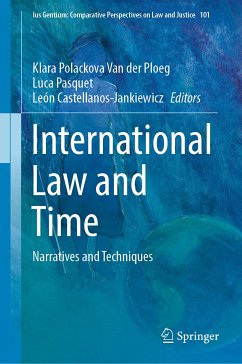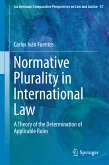This book explores the close, complex and consequential - yet to a large extent implicit - relationship between international law and time. There is a conspicuous discrepancy between international law's technical preoccupation with the mechanics of temporal rules and the absence of more foundational considerations of how time - both as an irrepressible physical dimension manifesting in the passage of time, and as a social construct shaped by diverse social and cultural factors - impacts and interacts with international law. Divided into five parts and 21 chapters, this book explores key aspects of the relationship between international law and time and puts the spotlight on time's fundamental significance for international law as a legal order and as a discipline. Pursuing diverse approaches to international law, the authors consider the notion, significance, manifestations, uses and implications of time in international law in a wide range of contexts, and offer insightsinto the various ways in which international law and international lawyers cope with time, both in terms of constructing narratives and in devising and employing particular legal techniques.
Dieser Download kann aus rechtlichen Gründen nur mit Rechnungsadresse in A, B, BG, CY, CZ, D, DK, EW, E, FIN, F, GR, HR, H, IRL, I, LT, L, LR, M, NL, PL, P, R, S, SLO, SK ausgeliefert werden.









